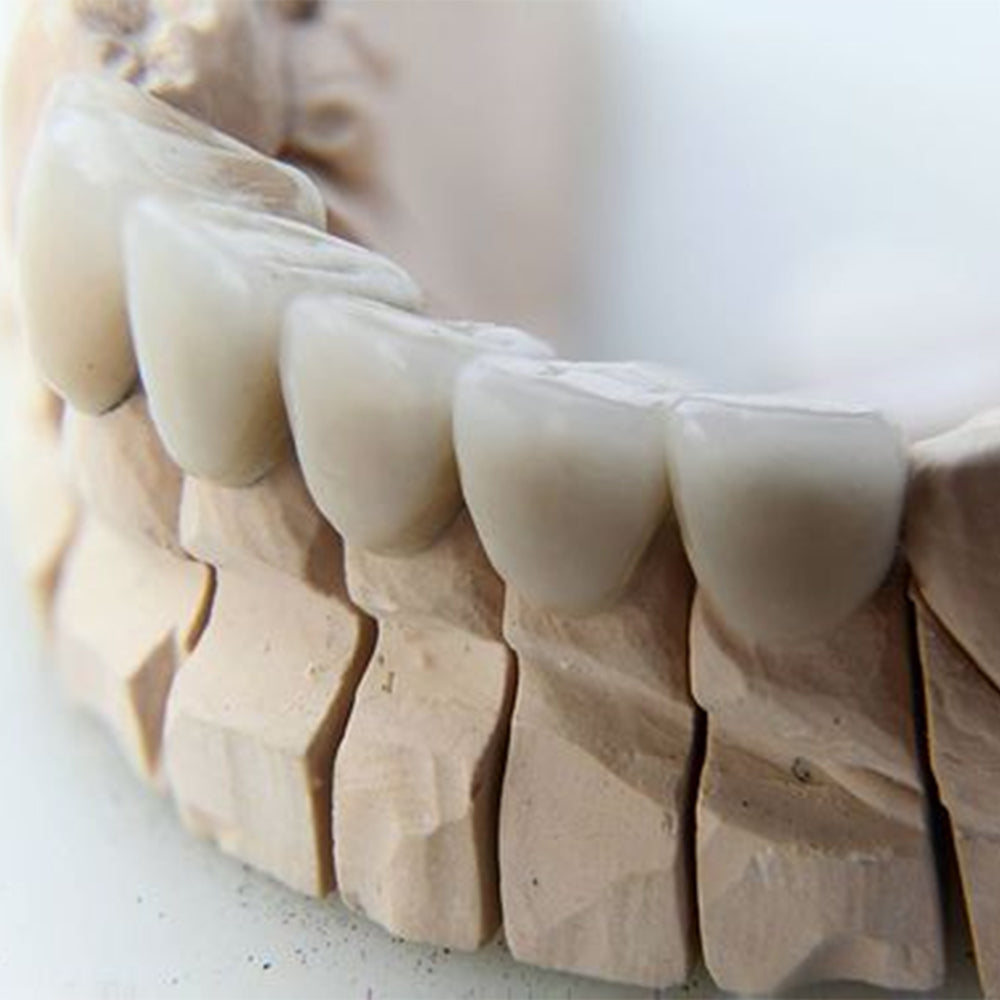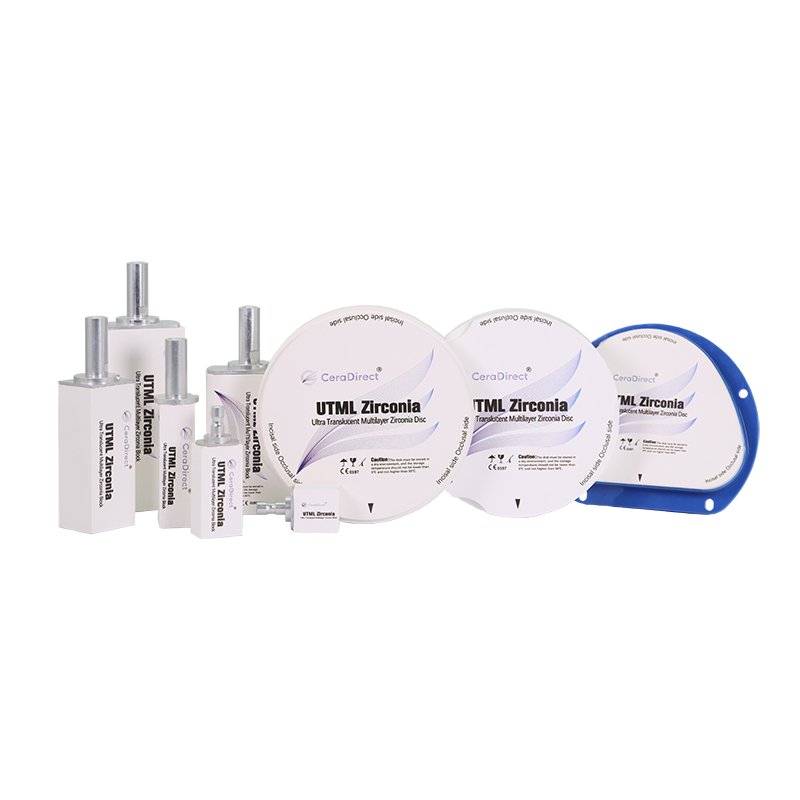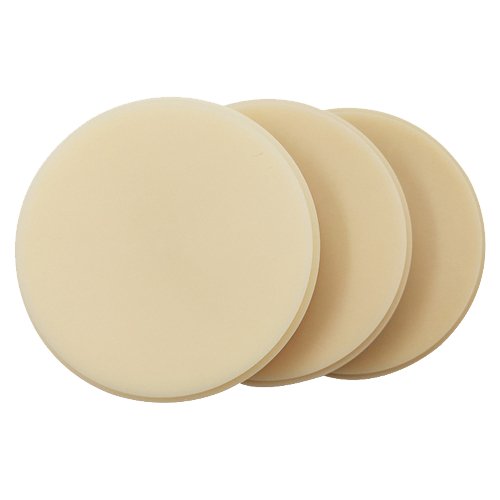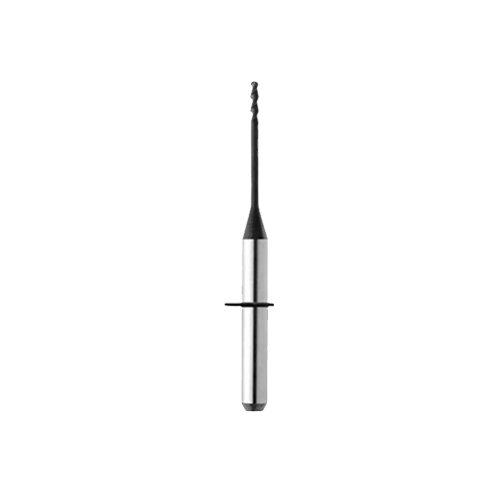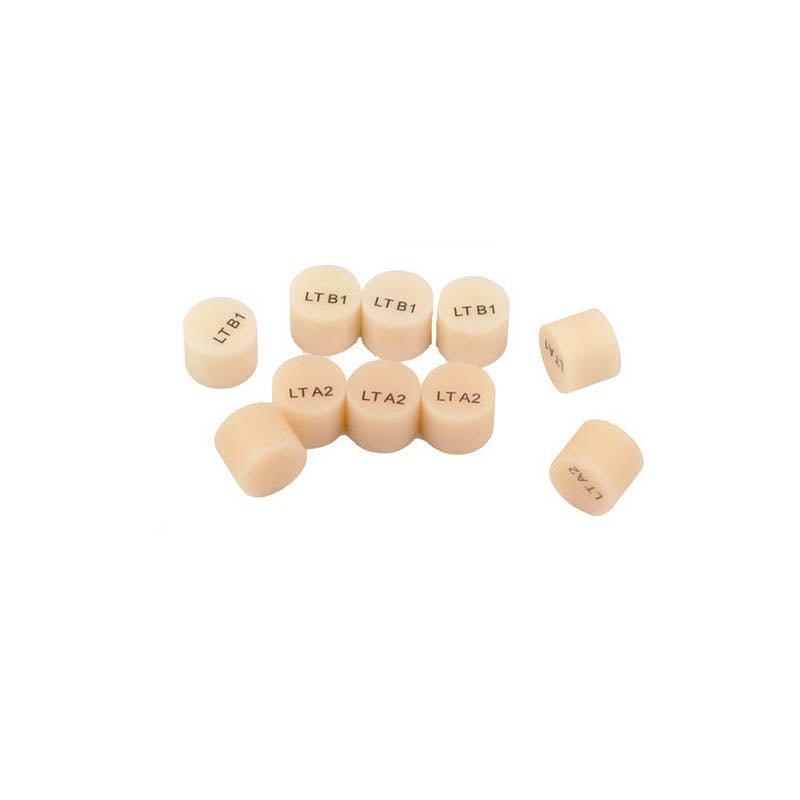When it comes to chairside machinable all-ceramic crowns, the choice of ceramic type and thickness plays a crucial role in determining the masking ability of the final restoration. Understanding how these factors interact can help dental professionals achieve optimal aesthetic outcomes for their patients.
What is the significance of ceramic type?
The type of ceramic used in chairside machinable all-ceramic crowns can significantly impact the masking ability of the restoration. Different ceramic materials have varying levels of opacity and translucency, which directly affect how well they can conceal underlying tooth discoloration or metal restorations.
How does ceramic thickness influence masking ability?
The thickness of the ceramic layer also plays a critical role in the masking ability of chairside machinable all-ceramic crowns. Thicker ceramic layers tend to be more opaque, providing better coverage of underlying imperfections. However, excessive thickness can compromise the overall aesthetics of the restoration.
What are the key considerations for achieving optimal results?
When selecting the ceramic type and thickness for chairside machinable all-ceramic crowns, it is essential to consider the specific needs of each patient. Factors such as the shade of the natural dentition, the presence of metal restorations, and the desired level of translucency all play a role in determining the ideal combination of ceramic properties.
By carefully evaluating the impact of ceramic type and thickness on the masking ability of chairside machinable all-ceramic crowns, dental professionals can ensure that their patients receive restorations that not only look natural but also provide long-lasting durability and functionality.

